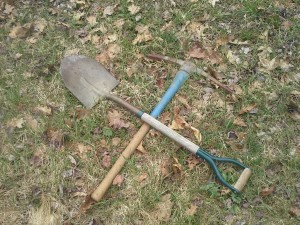
April Tools!
Dug out my first garden bed yesterday. Today – the end of April mind you – I was greeted to a pristine white coating of snow completely covering the back porch. I am beginning to appreciate the Japanese culture’s view that white does not so much signify purity, but death. Until I shake my head and say under my breath “That’s why I don’t take my snow tires off until July.” and go make myself a cup of coffee.
Last year most of the beds lay fallow, covered with their allotment of manure and the weeds kept in check by the grass clippings and other lawn detritus lovingly smothering most of them and giving the worms some great eats.
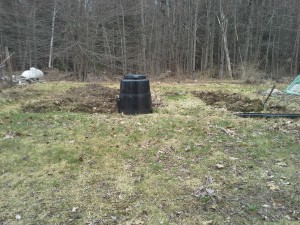
o/` o/`Two garden beds and the Dalek ate the pear tree (along with the squab). o/` o/`
Between this and compost material along with several harvests from my comfrey plants, the digging was fairly good – until I dug into an experiment from three years ago and had to pull up a plastic barrier I’d set down during a dry spell below the bed. It had decayed some, but mostly it held together slowing my progress. The next bed which I dug today went much quicker, the roots of the invasive grasses not reaching too deep, making it easy to invert. With its roots in the sub-freezing air it shouldn’t live much longer and will add to the biomass that will feed the garden.
Warming my toes and digging through the internet as I do I wondered what I could find on two questions: how much should I grow per person, and how much space is this going to take? I ran across a nice article by Brenda on “The Well Fed Homestead” who has compiled a nice list. Easy to read and nicely layed out on her site it’s a great jumping off point.
If you like or plan to preserve your garden harvest, “Granny Miller” has a great chart that’s based on pounds, not plants: http://www.granny-miller.com/a-garden-planner-for-home-food-preservation/
Finally, the University of Kentucky has a chart for a family of four and how much to plant. Realize that Kentucky encompasses zones 6a through 7a (see http://planthardiness.ars.usda.gov/PHZMWeb/ for your state).
Finding the plant’s growth requirements is fairly simple, just a little time-consuming as I look up each plant.
The way I like to make sense of the fact that everyone uses a different measurement is this:
- What does my family eat?
- tomatoes
- broccoli
- beans
- lettuce
- onions
- garlic
- cucumbers
- carrots
- radish
- cilantro
- summer squash
- winter squash
- asparagus
- fruits
- berries
- etc.
- How many plants/person?
- How much room does each plant take up?
- Can I companion plant (lettuce with summer squash to shade them, carrots/tomatoes, asparagus/dwarf tomato bushes, etc)?
- Check Last Year’s garden map, rotate crops (not so much of a problem this year as last year was 80% fallow).
- What can I plant NOW?
- Indoors
- Outdoors – Sorry, no snow loving veggies, and the soil is still 42 degrees.
From here, I list them out in a spreadsheet:
- Column A=Plant Name,
- Column B=Minimum # of plants,
- Column C=Ideal # of plants,
- Column D=square feet needed per plant
- Column E=Total Square Feet [=sum(D*C)] per plant.
I add a few extra columns beyond that just because I like a place for notes, and so I can eyeball the maturity date.
After that I’ll start mapping out the plants, figuring out what will be the best companions for what, and if I need to amend the soil as I will this year by adding more sand to the beds the carrots are going to be planted in. This will all begin to unfold over the coming days and weeks, though. Right now, with the snow nowhere in site (it must have been quite embarrassed for arriving so late and made a quick departure) and the soil too cold to plant in, I can only turn the soil when it’s not raining, cover it with spent hay and newspaper to smother early weeds, and plant hubbards and other long season crops inside under the lights.








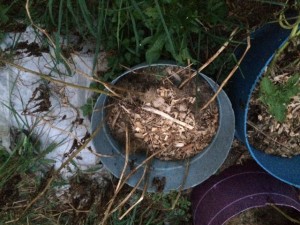
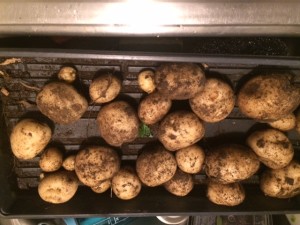
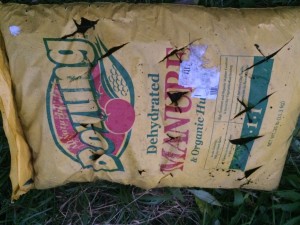


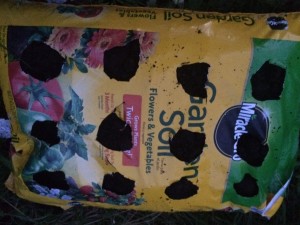
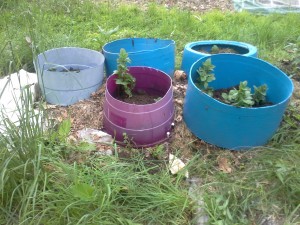
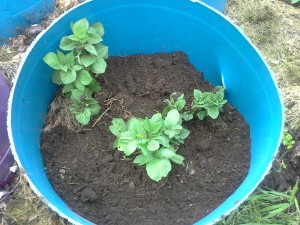
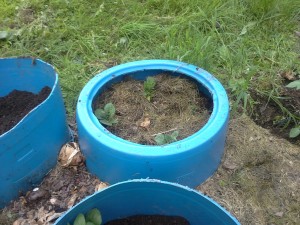






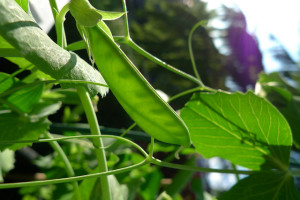
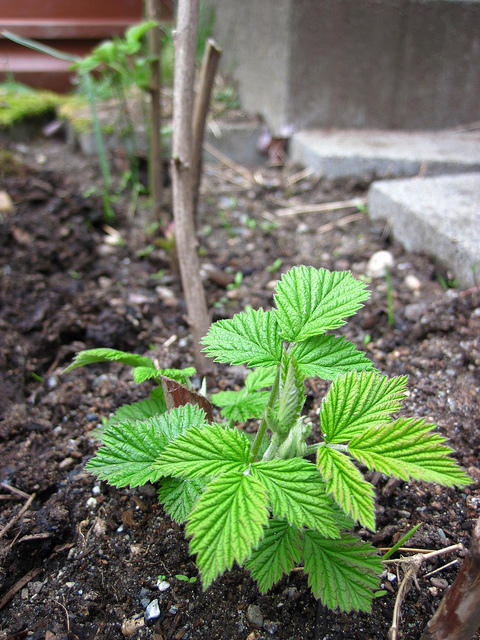
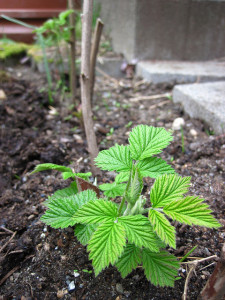
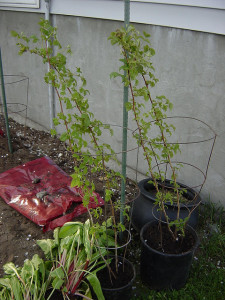






Recent Comments